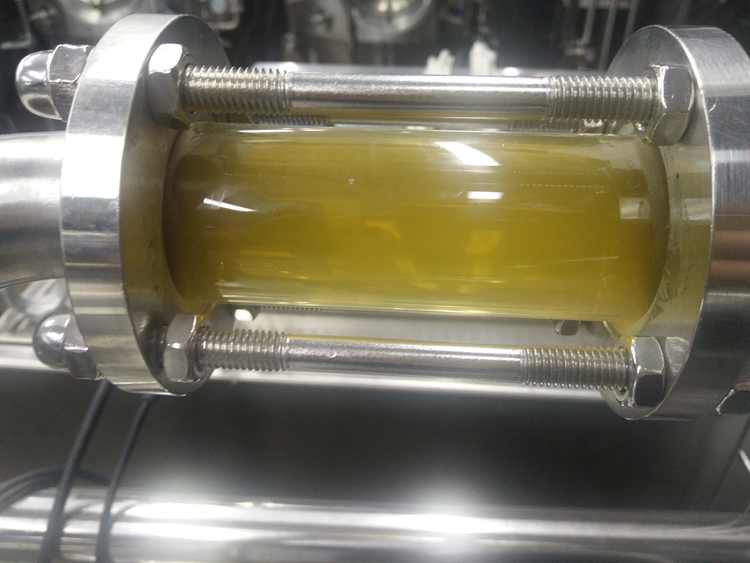Brewers love to describe the mundane with esoteric terms. We say we pitch yeast, when pouring is more descriptive. Milled grain is hydrated with hot strike water, but there’s nothing terribly striking about mashing in, unless the preparation of oatmeal arrests your attention, in which case, prepare to have your mind blown. And then there is brewing liquor, which is not what you nip from your flask on a cold brew day, but rather treated water used throughout the brew process. If you don’t treat your water, then brewing liquor is just water, plain and simple.

But the terms lautering and sparging live up to their mystery and can cause confusion, especially for new all-grain brewers. Here’s the lowdown on lautering and the skinny on sparging.
Lauter comes from the German word abläutern, meaning roughly “to rinse off” or purify. Lautering refers to the process of separating sweet wort from the grain bed. In commercial breweries, the mash is frequently pumped from the mash tun to a dedicated lauter tun, freeing the mash tun for a new brew. Homebrewers typically mash and lauter in the same vessel, called a mash-lauter tun, or MLT. The key piece of equipment that enables a mash tun to do double duty as a lauter tun is the false bottom, screen, manifold, or braid.
-1. Preparation:
Check if the false bottom is in the right place matched with lauter tun.
Pumping 78-80℃ hot water into the lauter tun to pre-heat the false bottom and the lauter vessel.
-2. Mashing in & rest:
Pump the mashing liquid from mash tun into lauter tun, and at the same time, the agitator in the mash tun needs to be always turned on.
The the mashing liquid needs to be rest for around 20 mins to let all particles set down to form grist bed.
-3. Wort re-circulation:
The wort that flows early is unclean, and these unclear wort should be pumped back into lauter tun from the top. Then when we find the wort is becoming very clear from the pipe sight glass, the wort needs to be transferred into the kettle to collect and boil.

-4. Sparging
We need to watch the inner of the lauter tun when lautering/work run-off is taking place, and the sparing water will be added when the grist bed is about to come out.
Any question or inquiry, just drop us an email.
We can answer you asap.
Edited by Damon
Email: [email protected]


.jpg)





Get A Quote